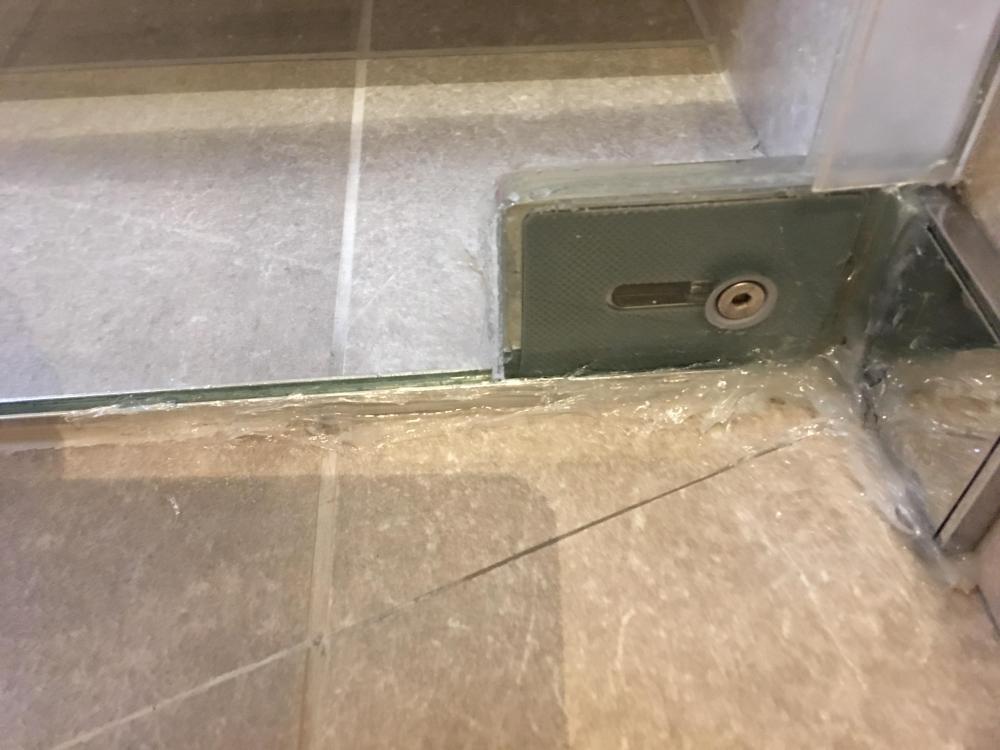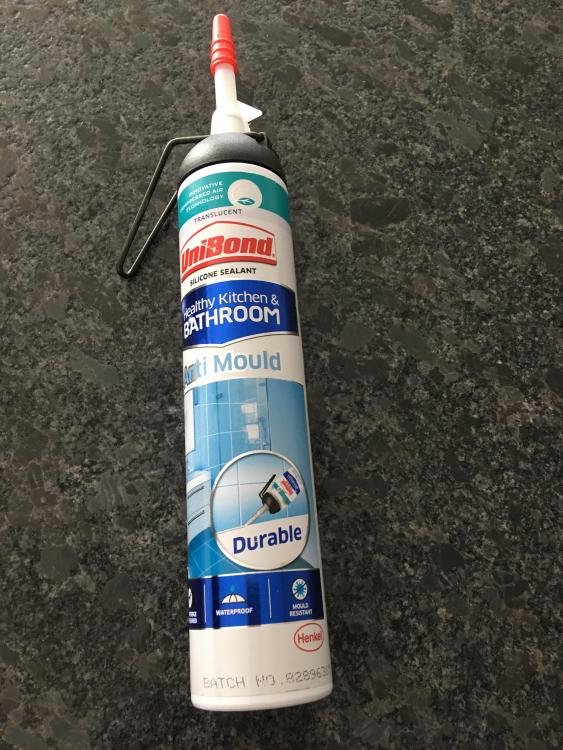Leaderboard
Popular Content
Showing content with the highest reputation on 02/17/19 in Posts
-
Paul Camelli's experience with his (very definitely not "Mickey Mouse") hydro installation, plus that of his neighbours at the Old Schoolhouse, Torran, seems to indicate that small turbines of around 500 W can be very useful and reliable long-term ways of providing constant power to an off-grid house. His has been running for several years now (I gave the link earlier). As mentioned by @Miek, 500 W of continuous generation is 12 kWh per day, enough to meet the needs of an off-grid house that has heating and hot water provided by another means.3 points
-
2 points
-
You're still getting this wrong. Please have a read of this. I agree with the others, 500 W continuously, even if only during the winter, would be very valuable. It would reduce the size of both batteries and PV required significantly and mean so much less generator use that you could get away with a relatively cheap petrol or LPG one rather than needing a beefier diesel.2 points
-
Favoured by kids and red wine drinkers everywhere are the newest cute potato powder snacks Pombears or even Pom-Bear! However as in the Makita v Workzone or Bosch v Titan tool stakes we have a new entrant to the salty snack monopoly dominated by KP foods... Arise Teddy Faces from Teutonic discounters ALDIIn a cunningly different but well *similar* pack, the Snackrite design team won’t fool the kids but.... taste test results are in! and the cheapos are better in every way but does how does one construct a taste test challenge when the fuckers are different shapes...and you should not waste pricy Rioja on small people as it’s bad economics And might be illegal (not in Scotland where you can give wine to 7 year olds) in some countries in the UK. in this unscientific trial the winner is the big bear faces...well done ALDI!1 point
-
1 point
-
Wouldn't it better to wait an hour? It looks like the reading is about an extra 300 litres per day so around 12 litres per hour so to see it for sure on a meter working in 10 litre units…1 point
-
@newhome this is my latest one. It has a built in applicator which is ‘easy’ to use, well it is easy compared to a gun and I practiced on cardboard for a few days and did really well but it went to pot when I got onto the job proper. I used clear for mine as that is best in the location I have. I saw the £80 lot used cheapest screwies stuff although it was clear as I had specified it had to be clear. Such a small job has turned into a mammoth task feel so bloody useless!1 point
-
You would also be better using a hot+cold fill washing machine and dishwasher, but even 12 kWh / day is not to be sneezed at. With PV + micro hydro + battery, the number of times that you'd need to fall back to using a generator would be very small.1 point
-
The point is I can't measure flow. My hole and "height of fountain" is a crude measure of pressure, but not flow. Thinking about it more, if I did get a big fountain at the top that would be a sign of a blockage in the field, but I don't get high pressure there, so it must be flowing freely into the soakaway? There won't be plough damage in our garden, and I am 100% certain the entire soakaway is well below plough level.1 point
-
Is there any way you can do a crude test to see what sort of head the pump can deliver? Perhaps pointing a (restricted) pipe up vertically to see how high it will raise a fountain might give an indication of how well it performs with the outlet restricted?1 point
-
We used up-and-over wall units above our work surfaces and we think that they work well. A variant of what @cherryfountain suggests we used a local Wickes kitchen designer face-to-face, and he did a very good job. Their configuration software makes sure that you order all of the right bits and pieces. They also supplied everything and at a competitive price. We also tried a more up-market company, but went with Wickes in the end. I suspect there is little to choose between any of the budget kitchen providers. As far as I know everyone uses the same suppliers for carcasses hinge furniture, etc. So there is little to choose between them, I feel. The main variant in terms of quality is the kitchen fitters, and in our case we fitted the kitchen ourselves so that wasn't an issue: I am a pretty good woodworker and very fastidious, so we knew we would get the fitting that we would want.1 point
-
Mine all those years ago (early 1990's) had a positive displacement pump, that just pulled oil up from the tank. It worked fine, but did need to be run for a while during commissioning to pull oil through for the first time. It also needed good joints on the feed pipe, as I remember having a problem initially with a joint that was oil-tight, but which allowed air to be sucked in (the boiler didn't have either a return pipe or tiger loop fitted).1 point
-
Nothing really. They may well have a heat exchanger that's optimised fro higher flow rates and a higher flow to return temperature differential, but without looking at one and playing with it it would be hard to be definitive about how it might behave running something like UFH. One point worth noting is that pool ASHPs don't modulate, they are designed to run flat out all the time. That means they probably aren't going to be as quiet or efficient running something like UFH as an inverter driven unit.1 point
-
Sounds like you have a couple of options. You’ve talked about a Rayburn - is that existing currently and what fuel ..? It’s an existing build - is it being replaced or are you looking at improving or extending it ..? In line with what @Ed Davies has said, I’d look at using mains rather than DC, but also if you have a “power house” location then I would combine everything there. Batteries, generator, PV and hydro feeds and then feed this via a single SWA cable to the house. In terms of heating oil, there is nothing stopping you moving the oil yourself when it’s been delivered - I’ve seen on one farm an oil line that’s inside an MDPE pipe buried across the yard and it pumps uphill to the house about 120m away. The house has a separate 250 litre oil tank and there is just a simple timer and float switch from memory that activates the oil pump from the lower tank.1 point
-
I originally looked at a single large unit and they are available, the issue is the 250mm connections, going to the outside with that size and then splitting it into 2 and then into your plenums, you will need 2 plenums each for supply and extract for a house that size, I have a pair for downstairs and a pair for upstairs. The issue at running these units at these speeds is noise and efficiency. At full tilt they do make noise that will then be transmitted through the ducts to some extent, and if you look at the details they are far more efficient (heat exchange) at around 50-60%. PassiveHaus specifications don't allow them to run at those speeds, a PH certified unit has a lower PH capacity that it's absolute capacity. My Brink Renovent 400's run at 140 and 175 m3/h respectively, they are capable of 400 m3/h but as you go above 200m3/h they start to become audible.1 point
-
I had a similar problem, 472m2 floor area, which gives an extract rate of 131.37 l/s or 472.92 m3/h. I have 2 x MVHR units both running well below max as this reduces noise and increases heat exchange efficiency. My system was designed (by myself) at 495 m3/h to comply with building regs but I run it at about 316 m3/h and that more than copes with the house and is probably still quite high. My system auto boosts back up to the higher rate or even high 570m3/h based on the RH sensors in the extract ducts and these work well detecting shower usage. Layout I used the Ubbink system with 180mm rigid ducting between MVHR units and the outside/plenum boxes and 90/75mm (Outside/Inside) semi rigid elswhere. The kitchen has two extract terminals each with two ducts, everywhere else I used single ducts to terminals, though wet rooms have two extract terminals and bedrooms two supply terminals. This was to keep velocities down. The whole system is silent though you can hear the MVHR units in the plant room when at the Building Regs speed, but at the normal running speed nothing.1 point
-
It is what it is now, but I don't think so....I have 122mm wide posijoists at 400mm centres either side of the steels and they're not aligned webs due to the house being curved. heyho!1 point
-
When I saw the title of those two pictures, I had to scroll down oh so carefully in fear of what I might see.1 point
-
You can get a free copy of FSAP from here: https://www.stromamembers.co.uk/downloads/fsap2012/publish.htm1 point
-
Here's that link to HOT2000: https://www.nrcan.gc.ca/energy/efficiency/housing/home-improvements/177251 point
-
0 points
-
0 points
This leaderboard is set to London/GMT+01:00











